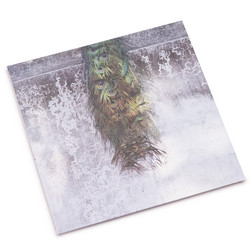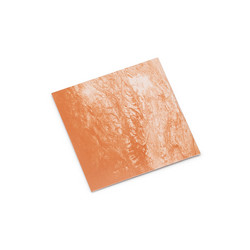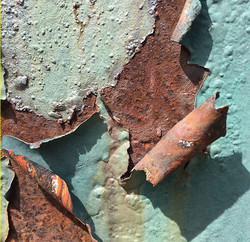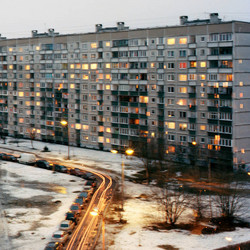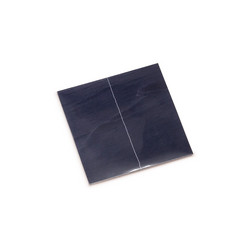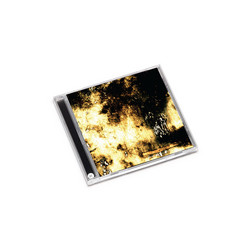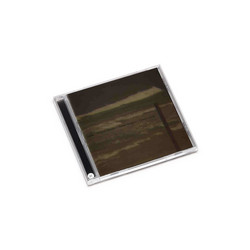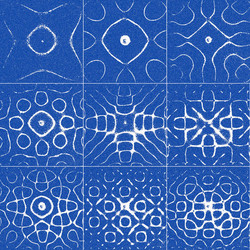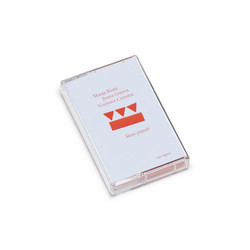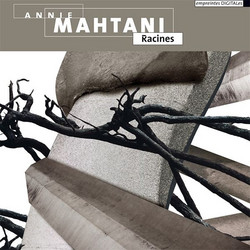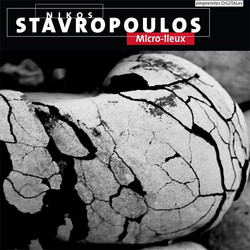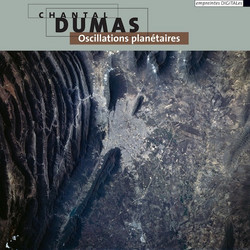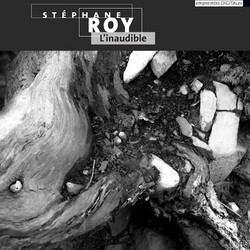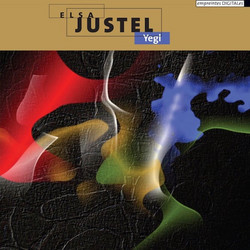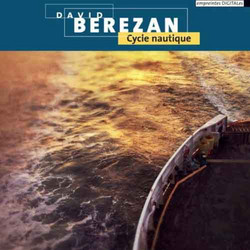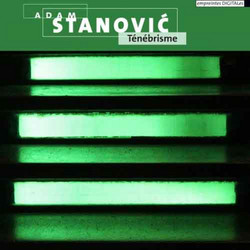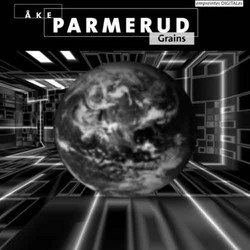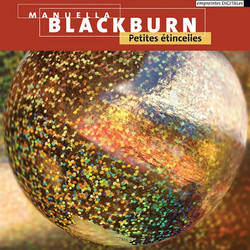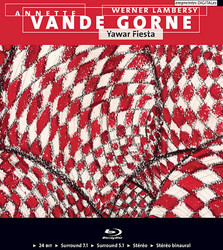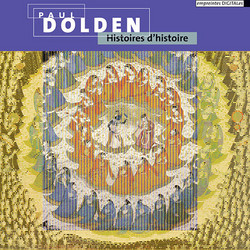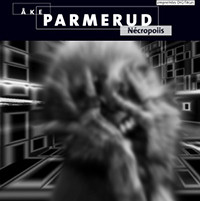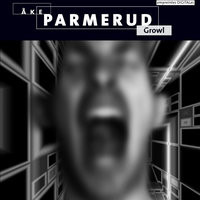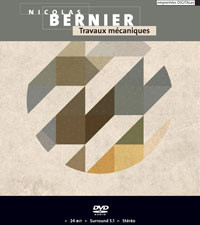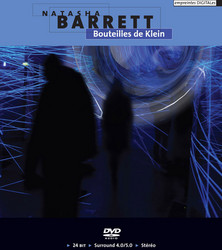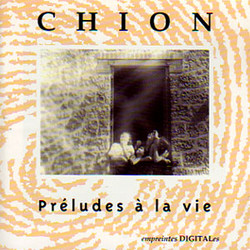Todor Todoroff
Univers parallèles
The work of Todor Todoroff might be a bit closer to architecture and structural engineering than to conventional electro-acoustic composition. Almost all of the pieces on Univers parallèles are based on gestures and movements which create a sound, whether that’s a dancer on stage doing avant-garde steps, or a painter applying the brush to the canvas, or the action of flowing water. From quite small and intimate movements, large-scaled and mysterious sounds emerge. On Rupture d’équilibre, one of the more dramatic pieces here, it’s done by a pendulum swinging back and forth — or at any rate, a virtual pendulum. Rather than rig up an old grandfather clock, as you or I might have tended to do, Todoroff elected to created a simulation of a pendulum and “played” it like an instrument in a set-up that also included potentiometers (instrument of choice in Stockhausen’s electronic experiments). Interesting methods for sure, though the transformations and distortions that result are not especially bold or unusual, and I found the compositions to be very shapeless and uncertain. However, this Belgian composer has a knack of sometimes turning that uncertainty into intrigue and mystery.
Todor Todoroff graduated in civil engineering, with a specialization in telecommunications, from the Université Libre de Bruxelles (ULB, Brussels, Belgium) in 1987. First a researcher in the field of speech analysis and synthesis at the Laboratoire de phonétique expérimentale (Laboratory of Experimental Phonetics) at the ULB. Alongside this work and within the context of ARTeM (Art, recherche, technologie et musique [Art, Research, Technology, and Music]), since 1993 he has been developing interactive systems for studio environments, concerts, sound installations and dance performances which explore the possibilities of a wide variety of sensors. His electroacoustic music demonstrates a special interest in multichannel composition and the use of space, as well as in experimenting with new methods of interaction and sound transformation, where gesture plays an important role. He revisits the concept of the séquence-jeu (play-sequences associated with specific gestures) in the digital domain, in order to achieve a greater degree of expressivity.
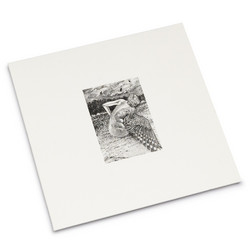
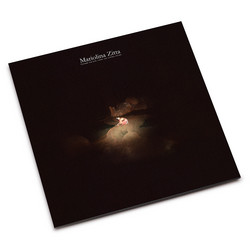
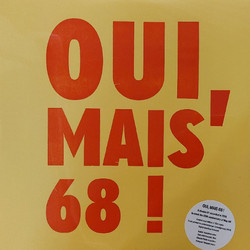
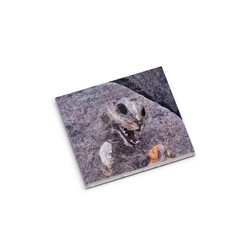
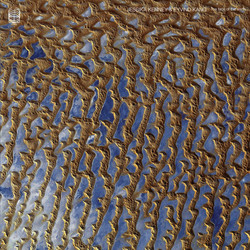



![Eyry]](https://cdn.soundohm.com/data/products/2025-11/anne-gillis-art-into-life-jpg.jpg.250.jpg)


